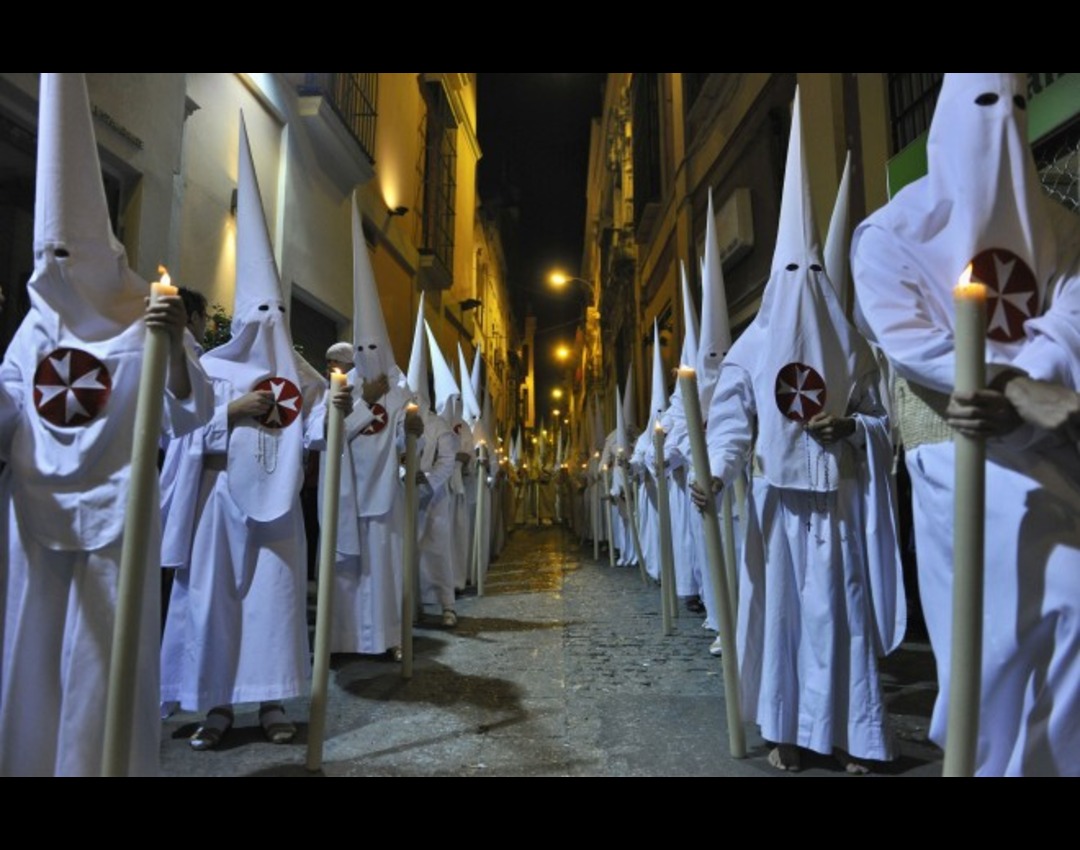Holy Week is one of the most sacred times in the Christians calendar, commemorating the final days of Jesus Christ’s life, His crucifixion, and His resurrection. Observed by millions of Christians worldwide, this week is marked by solemn reflection, joyful celebration, and deep spiritual significance. From Palm Sunday to Easter Sunday, believers engage in various traditions that reflect their faith and cultural heritage. Let’s explore how Christians around the world observe Holy Week.
Palm Sunday: The Triumphal Entry
Holy Week begins with Palm Sunday, which remembers Jesus’ entry into Jerusalem, where crowds welcomed Him with palm branches. Churches worldwide distribute palm fronds to worshippers, who often weave them into crosses.
- In the Philippines, devotees wave elaborately woven palm leaves, which are later blessed and kept in homes for protection.
- In Spain and Latin America, grand processions fill the streets, with people carrying palm branches and singing hymns.
- In Ethiopia, worshippers wear traditional white garments and march while chanting psalms.
Maundy Thursday: The Last Supper
Maundy Thursday commemorates Jesus’ Last Supper with His disciples, where He instituted the Eucharist (Holy Communion). Many churches hold foot-washing ceremonies, echoing Jesus’ act of humility when He washed His disciples’ feet.
- In Rome, the Pope celebrates Mass at St. Peter’s Basilica and washes the feet of 12 individuals, symbolizing service.
- In the UK, the monarch traditionally distributes “Maundy Money” to elderly citizens, a custom dating back centuries.
- In Mexico and Guatemala, some churches reenact the Last Supper with live actors, followed by silent vigils.
Good Friday: The Crucifixion
Good Friday is a day of mourning, marking Jesus’ crucifixion and death. Many Christians fast, attend prayer services, and meditate on Christ’s sacrifice.
- In the Philippines, some devout Catholics participate in actual crucifixions as acts of penance, though the Church discourages this extreme practice.
- In Jerusalem, pilgrims walk the Via Dolorosa, retracing Jesus’ steps to Calvary.
- In Germany and Poland, churches hold somber services, and in some towns, Christians carry large wooden crosses through the streets.
Holy Saturday: The Great Vigil
Holy Saturday is a quiet day of waiting, as Christians reflect on Jesus lying in the tomb. At night, many churches hold the Easter Vigil, a service that begins in darkness and ends with the joyful proclamation of Christ’s resurrection.
- In Greece and Eastern Orthodox communities, the “Anastasi” service takes place at midnight, where priests announce, “Christos Anesti!” (Christ is risen!), and worshippers light candles.
- In Italy, churches are often adorned with flowers, and the faithful gather for blessings.
Easter Sunday: The Resurrection
Easter Sunday is the most joyous day of Holy Week, celebrating Jesus’ victory over death. Churches hold festive services, families gather for meals, and children participate in egg hunts.
- In the United States, many attend sunrise services, followed by Easter egg hunts and family feasts.
- In Sweden, children dress as Easter witches and exchange drawings for candy, a unique tradition blending folklore and faith.
- In Brazil, communities celebrate with music, dancing, and elaborate street festivals.
Conclusion
Holy Week is a profound journey of faith, observed with deep reverence and cultural diversity. Whether through solemn processions, joyful celebrations, or personal prayer, Christians worldwide unite in remembering Christ’s sacrifice and resurrection. These traditions not only strengthen faith but also connect believers across generations and nations.
As we reflect on Holy Week, may we find hope in the message of Easter: that love and redemption triumph over darkness.
Happy Easter to all who celebrate!






